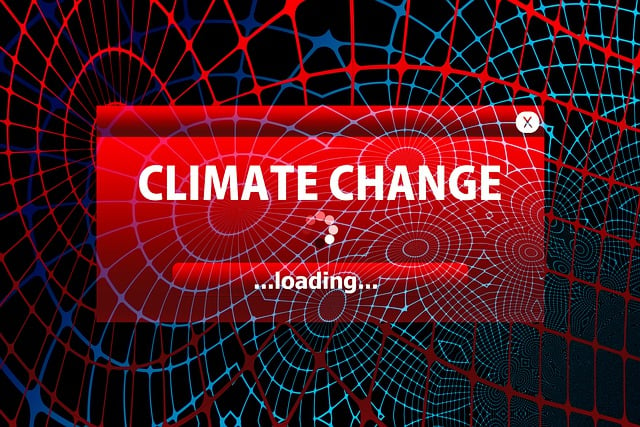Global emissions regulations, particularly in transport, energy, and manufacturing, drive technological advancements. Advanced monitoring tools using remote sensing, sensor networks, and machine learning ensure compliance with stringent standards worldwide. When selecting these tools, comparing them against specific Select Emissions Regulations is crucial, focusing on real-time tracking, automated reporting, comprehensive pollutant coverage, data security, and alignment with environmental sustainability goals.
In today’s environmentally conscious world, understanding and adhering to emissions regulations is paramount for industries worldwide. This article offers a comprehensive guide to navigating the complex landscape of emissions monitoring tools (EMTs), focusing on select global emission standards. We explore a range of technologies, from traditional to advanced, providing an in-depth comparison of top-rated solutions based on features, advantages, and drawbacks. By understanding these EMTs, businesses can make informed choices to meet stringent select emissions regulations effectively.
- Understanding Emissions Regulations: A Global Perspective
- Types of Emissions Monitoring Tools: From Traditional to Advanced Technologies
- Comparative Analysis: Features, Advantages, and Disadvantages of Top-Rated Solutions
Understanding Emissions Regulations: A Global Perspective

Emissions regulations vary greatly across countries and regions, reflecting diverse environmental priorities and policy frameworks. Understanding these select Emissions Regulations is a critical step in evaluating the effectiveness of monitoring tools. Globally, there has been a growing trend towards stringent automotive emissions rules, particularly in regions facing severe air pollution issues. These regulations aim to curb harmful pollutants from vehicles, leading to advancements in cleaner technologies and stricter compliance standards.
Beyond transport, natural gas emission reduction plans and renewable energy promotion laws are shaping global efforts to mitigate environmental impact. Stringent automotive emissions rules often serve as a blueprint for other sectors, influencing policy around industrial emissions and power generation. Air quality health advisories play a pivotal role in these discussions, highlighting the direct correlation between clean air and public health.
Types of Emissions Monitoring Tools: From Traditional to Advanced Technologies

Emissions monitoring tools have evolved significantly over time, moving from traditional methods to advanced technologies capable of precise measurements and real-time data analysis. This shift is primarily driven by the need to meet stringent select emissions regulations and achieve sustainability goals, especially in sectors like power generation, manufacturing, and transportation.
The traditional tools, such as manual sampling and laboratory analysis, have given way to more sophisticated options. Advanced technologies include remote sensing, sensor networks, and machine learning algorithms that can monitor various pollutants continuously. These innovations enable better compliance with the strictest emissions standards globally, facilitating the transition towards cleaner energy sources like renewable energy emission limits. For instance, solar panel emission profiles can be accurately tracked using specialized monitoring systems, contributing to overall environmental stewardship.
Comparative Analysis: Features, Advantages, and Disadvantages of Top-Rated Solutions

When comparing top-rated emissions monitoring tools, it’s crucial to consider their features, advantages, and disadvantages in relation to specific Select Emissions Regulations. Each tool excels in certain areas like real-time data tracking, automated reporting, or advanced analysis capabilities, catering to diverse industry needs. For instance, some platforms stand out for managing pollutant release inventories, while others are more adept at monitoring electricity generation emissions.
Environmental protection agency guidelines and sustainable transportation policies influence the choice of tools. Features such as comprehensive coverage of air pollutants, water emissions, and waste management are essential under stringent regulations. Tools that integrate with existing systems, offer scalable solutions, and ensure data security and privacy become advantageous in a rapidly evolving regulatory landscape. Understanding these dynamics allows organizations to select the most suitable monitoring solution for their specific environmental protection and sustainability goals.
In light of the above discussions on emissions monitoring tools and the global landscape of emissions regulations, selecting the appropriate technology becomes a strategic decision. By understanding the diverse range of available options—from traditional to advanced technologies—businesses can make informed choices that align with their operational needs and regulatory obligations. A thorough comparison of features, advantages, and disadvantages ensures that organizations choose the best tools for accurate emissions monitoring and compliance, ultimately contributing to sustainable practices worldwide.
